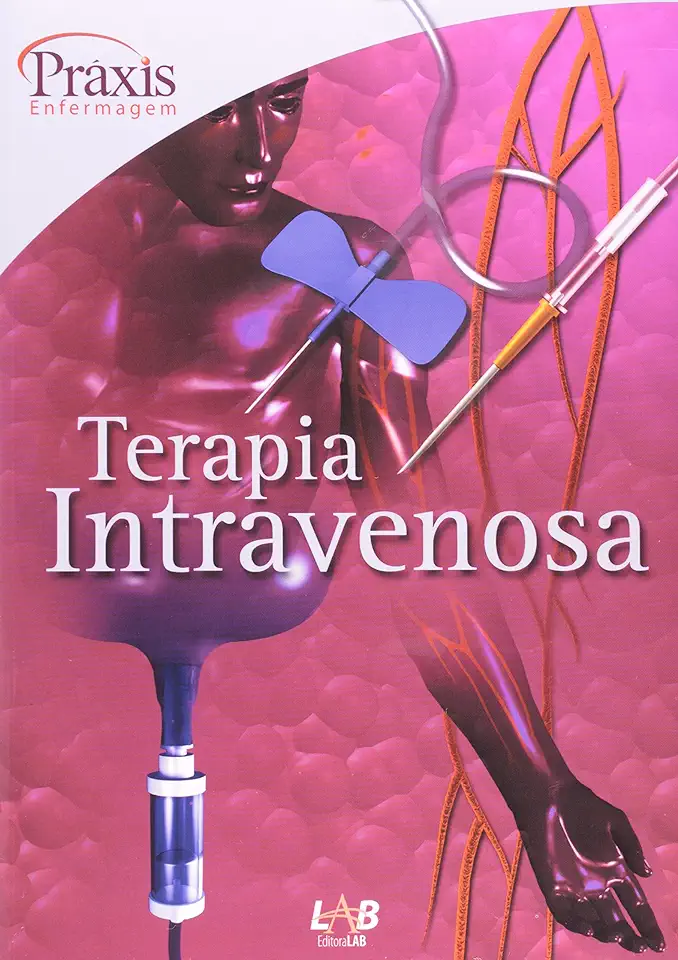
Intravenous Therapy - Jane Banton
Intravenous Therapy: A Comprehensive Guide for Nurses
Introduction
Intravenous therapy (IV) is a common medical procedure that involves the insertion of a needle into a vein to deliver fluids, medications, or nutrients directly into the bloodstream. It is a critical skill for nurses, as it is used to treat a wide range of conditions, from dehydration to serious infections.
Benefits of Intravenous Therapy
IV therapy offers several advantages over other methods of medication administration, including:
- Rapid delivery of fluids and medications: IV therapy allows for the rapid delivery of fluids and medications directly into the bloodstream, which can be essential in emergency situations or when a patient is unable to take medications orally.
- Precise dosing: IV therapy allows for precise dosing of medications, as the amount of medication delivered can be carefully controlled.
- Sustained therapy: IV therapy can be used to provide continuous therapy over a long period of time, which can be beneficial for patients who require long-term treatment.
- Access to the bloodstream: IV therapy provides access to the bloodstream, which can be useful for obtaining blood samples or administering blood transfusions.
Risks of Intravenous Therapy
While IV therapy is a safe and effective procedure, there are some risks associated with it, including:
- Infection: The insertion of a needle into a vein can introduce bacteria into the bloodstream, which can lead to infection.
- Blood clots: IV therapy can increase the risk of blood clots, especially in patients who are immobile or have a history of blood clotting disorders.
- Extravasation: Extravasation occurs when fluid or medication leaks out of the vein and into the surrounding tissue. This can cause pain, swelling, and tissue damage.
- Air embolism: Air embolism occurs when air enters the bloodstream through an IV line. This can be a serious complication that can lead to stroke or death.
Nursing Care for Patients Receiving Intravenous Therapy
Nurses play a critical role in the care of patients receiving IV therapy. They are responsible for:
- Assessing the patient's condition: Nurses must assess the patient's condition before starting IV therapy to identify any potential risks or complications.
- Selecting the appropriate IV site: Nurses must select an appropriate IV site that is free from infection and has good venous access.
- Inserting the IV needle: Nurses must insert the IV needle into the vein using aseptic technique to prevent infection.
- Monitoring the IV site: Nurses must monitor the IV site for signs of infection, infiltration, or extravasation.
- Administering fluids and medications: Nurses must administer fluids and medications through the IV line according to the doctor's orders.
- Educating the patient: Nurses must educate the patient about IV therapy and the risks and benefits associated with it.
Conclusion
Intravenous therapy is a critical skill for nurses, as it is used to treat a wide range of conditions. It is a safe and effective procedure, but there are some risks associated with it. Nurses play a critical role in the care of patients receiving IV therapy, and they must be knowledgeable about the risks and benefits of IV therapy and be able to provide safe and effective care.
Call to Action
If you are a nurse, I encourage you to learn more about IV therapy and how you can use it to provide safe and effective care to your patients. There are many resources available to help you learn about IV therapy, including books, articles, and online courses. I also encourage you to talk to your colleagues and mentors about their experiences with IV therapy. By learning more about IV therapy, you can improve the care you provide to your patients and help them achieve the best possible outcomes.
Enjoyed the summary? Discover all the details and take your reading to the next level — [click here to view the book on Amazon!]